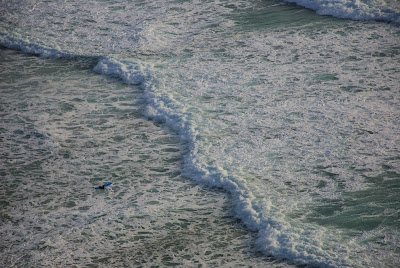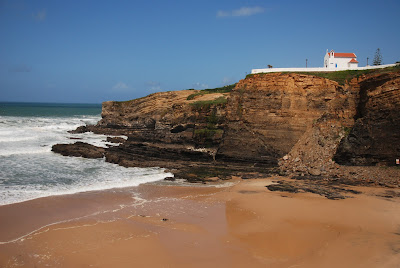 |
| Burguete/Auritz, (Navarra) Spain |
This small town set in the Pyrenees Mountains resting alongside the French border is one of the many towns and villages to be visited along the Camino de Santiago (the Way of St. James), the ancient pilgrimage route to Santiago de Compostela. Starting this route in Spain at the French border can take, on average, 4 weeks to cover its almost 750 kilometers.
Ernest Hemingway also mentions Burguete in his 1926 novel, The Sun Also Rises, after staying here for a fishing trip on his way from Paris before heading to Pamplona to see the running of the bulls.
I especially remember this town, early one still morning, walking down the only street that crosses this village from one side to the other, and hearing the trickle of water flowing in tiny canals that line both sides of its main street. The white houses with red trim have also left a mark on my ever so memorable first day of the Camino.
Seen in this picture is the Church of San Nicolás de Bari.





























